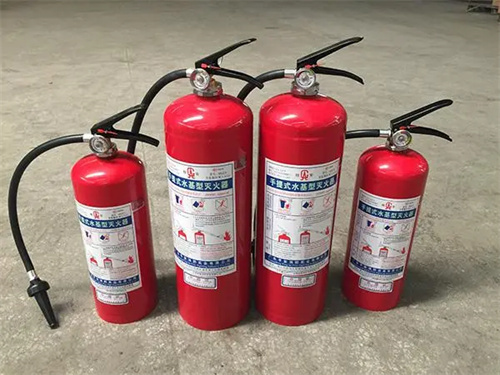Household fire extinguishers are classified based on the type of fire they are designed to extinguish. There are four classes of fires, each with a different type of fuel source:
- Class A: Fires that involve ordinary combustibles such as wood, paper, or cloth.
- Class B: Fires that involve flammable liquids such as gasoline or oil.
- Class C: Fires that involve electrical equipment such as appliances or wiring.
- Class D: Fires that involve flammable metals such as magnesium or titanium.

Here are the types of household fire extinguishers and which class of fire they can be used on:
- Class A extinguishers: These are designed to extinguish fires that involve ordinary combustibles such as wood, paper, or cloth.
- Class B extinguishers: These are designed to extinguish fires that involve flammable liquids such as gasoline, oil, or grease.
- Class C extinguishers: These are designed to extinguish fires that involve electrical equipment such as appliances or wiring.
- Class ABC extinguishers: These are designed to extinguish fires that involve ordinary combustibles, flammable liquids, and electrical equipment.

When equipping your home with fire extinguishers, it is recommended to have at least one extinguisher on each level of your home, as well as in the kitchen, garage, and near any other potential fire hazards. Make sure the extinguisher is easily accessible and in good working condition, with the pressure gauge in the green zone and no signs of damage or corrosion. It is also important to read the instructions on the extinguisher and to familiarize yourself with its proper use before a fire emergency occurs.